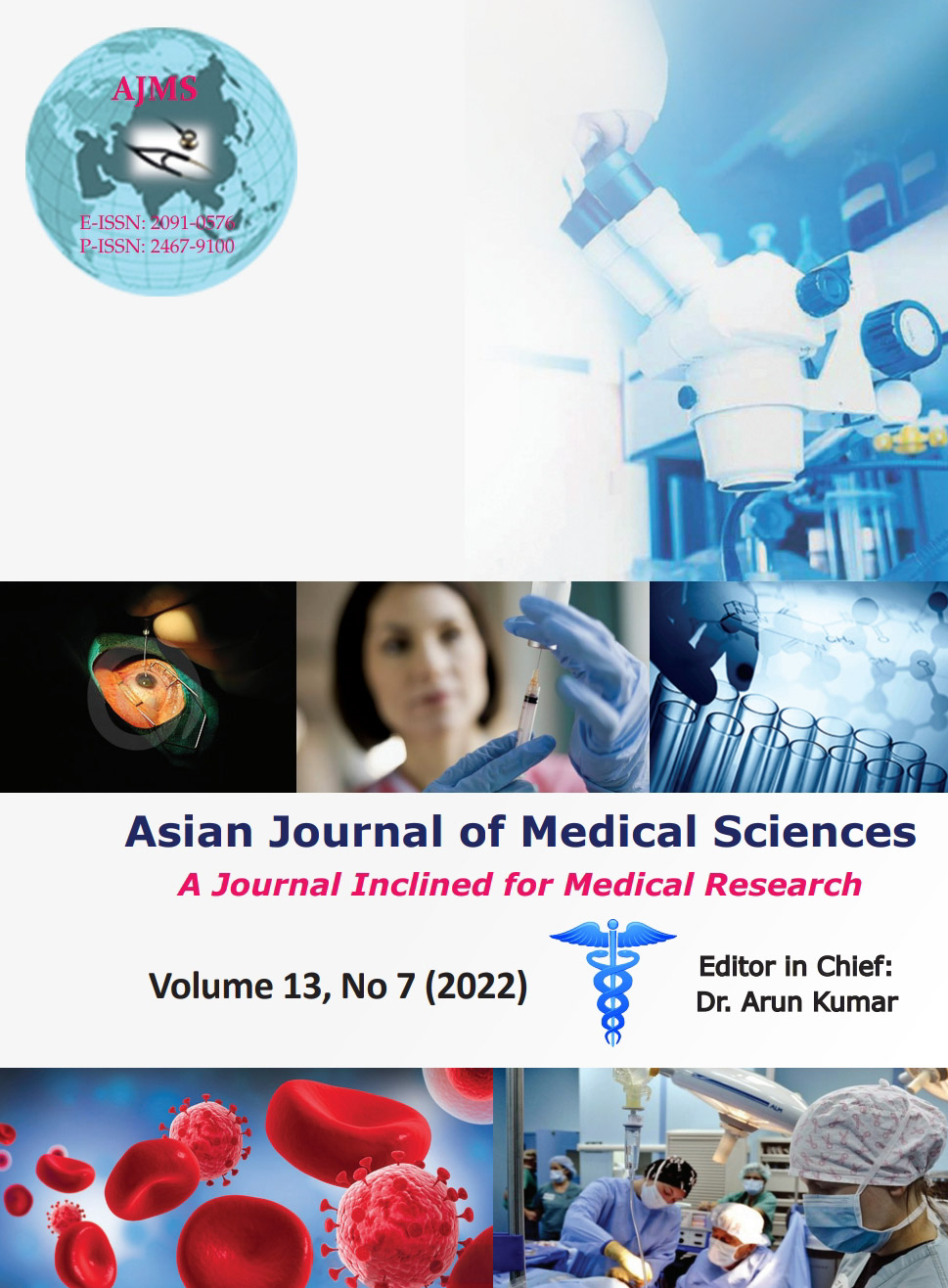Descriptive epidemiology of COVID-19 deaths in the first, second, and third pandemic waves: A comparative study from Southern India
Keywords:
COVID-19, pandemic waves, India, mortality, comparativeAbstract
Background: India has seen a three-wave pattern of COVID-19 infections. With the looming threat of recurrent waves with mutated strains, it is important to understand the demographic and clinical characteristics of the deceased COVID-19 patients in these three waves to identify the vulnerable population and guide public health interventions to decrease COVID-19-related mortality.
Aims and Objectives: The study was done to compare the age distribution, mean duration of illness, clinical characteristics, coexisting comorbidities, and causes of COVID-19-related deaths during the three pandemic waves.
Materials and Methods: We obtained COVID-19 death summaries from the medical records of a large tertiary health-care center in North Kerala, India. Three groups of COVID-19 deaths were selected: The first group included patients who died in the first wave between July 01, 2020, and December 31, 2020 (n=311), the second group included those who died in the second wave between March 01, 2021, and June 30, 2021 (n=431), and the third group included those who died in the third wave between January 01, 2022, and March 15, 2022 (n=76).
Results: The mean age of the deceased was significantly higher for the third wave (P<0.001). The mortality in young patients (≤50 years) was higher for the second wave and that in elderly patients (≥80 years) was higher for the third wave (P<0.001). Males were predominantly affected in all three waves (P=0.29). The average duration from symptom onset to death significantly decreased in the third wave (5 days, P<0.001). There was an increased proportion of COVID-19-related deaths in patients with diabetes in the second wave (59.4%; P=0.006). Maternal mortality and deaths without any coexisting comorbidities were higher in the second wave. The main cause of death was respiratory failure due to COVID-19 pneumonia in all three waves.
Conclusion: The comparative characteristics of the descriptive epidemiology of three pandemic waves differed significantly. The second COVID-19 wave was different from the first wave and third wave, with more deaths in the young, and increases in the proportions of deaths with diabetes, maternal deaths, and deaths in those without any preexisting comorbidities. The third-wave had more deaths in the elderly and a shorter duration from symptom onset to death.
Downloads
Downloads
Published
How to Cite
Issue
Section
License
Copyright (c) 2022 Asian Journal of Medical Sciences

This work is licensed under a Creative Commons Attribution-NonCommercial 4.0 International License.
Authors who publish with this journal agree to the following terms:
- The journal holds copyright and publishes the work under a Creative Commons CC-BY-NC license that permits use, distribution and reprduction in any medium, provided the original work is properly cited and is not used for commercial purposes. The journal should be recognised as the original publisher of this work.
- Authors are able to enter into separate, additional contractual arrangements for the non-exclusive distribution of the journal's published version of the work (e.g., post it to an institutional repository or publish it in a book), with an acknowledgement of its initial publication in this journal.
- Authors are permitted and encouraged to post their work online (e.g., in institutional repositories or on their website) prior to and during the submission process, as it can lead to productive exchanges, as well as earlier and greater citation of published work (See The Effect of Open Access).




